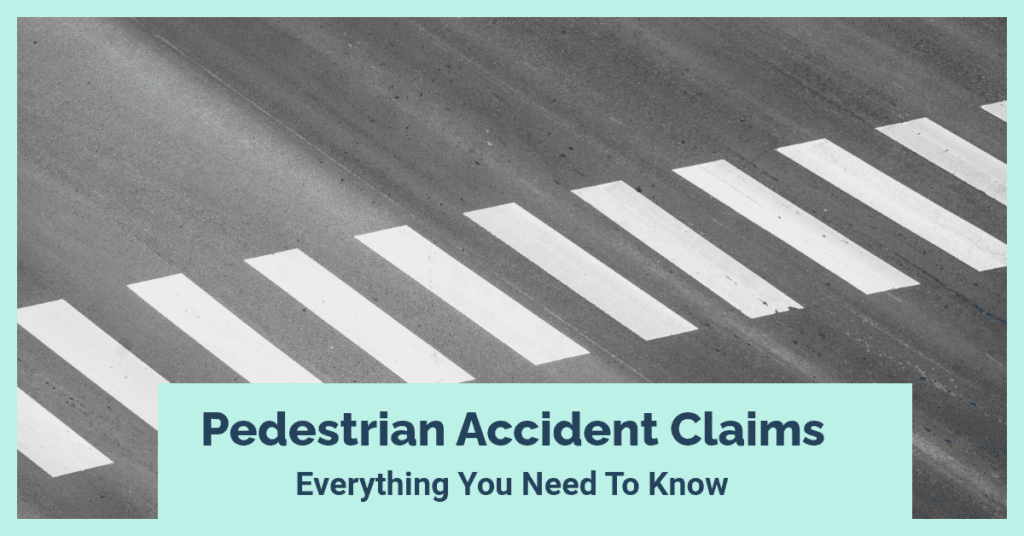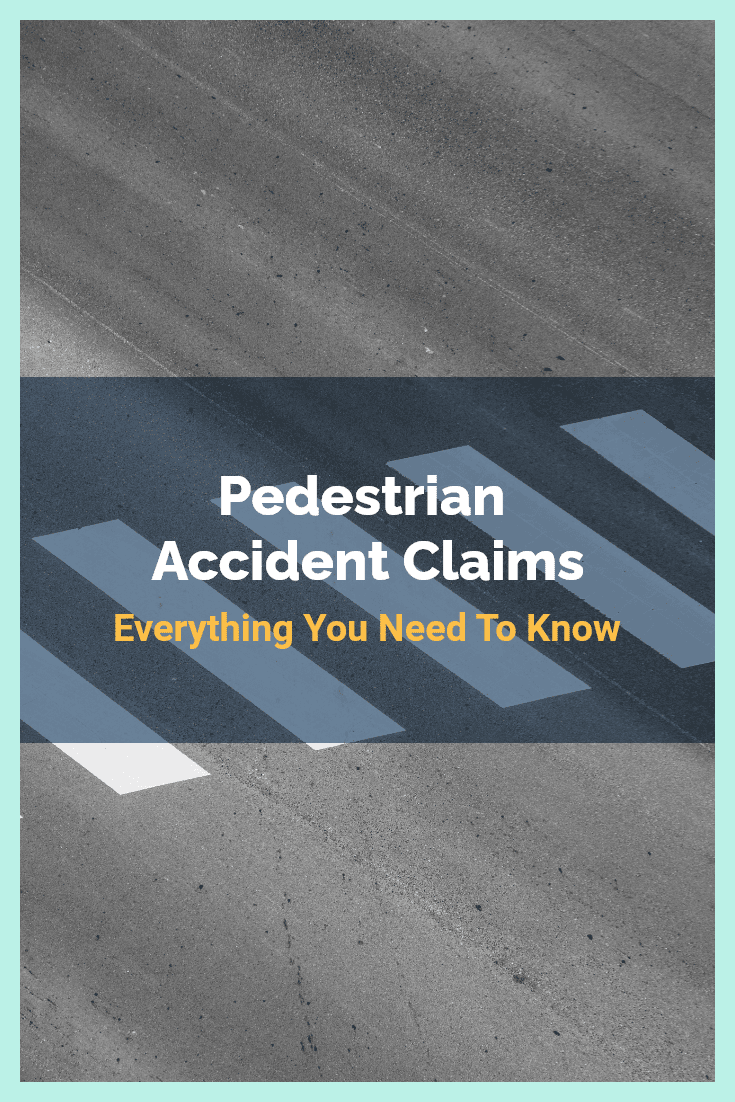Pedestrian Accident Claims: Everything You Need To Know

Pedestrians who have been injured in automobile crashes in Michigan may be able to file pedestrian accident claims to recover pain and suffering compensation as well as excess medical expenses and lost wages and other economic damage from the at-fault driver.
Injured pedestrians may also be able to recover No-Fault benefits that will pay for medical bills and replace lost wages.
Pedestrian accident claims for pain and suffering compensation
Pedestrian accident claims allow pedestrians who were injured in a car or truck crash to recover compensation for pain and suffering damages as well as excess medical expenses and lost wages and other economic damages from the at-fault driver who caused the crash.
In Michigan, in order to be able to recover for pain and suffering compensation – which is also called “noneconomic loss” damages – against an at-fault, negligent driver, an injured pedestrian must first be able to show that as a result of his or her injuries the pedestrian has suffered a “serious impairment of body function.”
Who pays for pain and suffering compensation in pedestrian accident claims?
The liability coverage of the at-fault driver’s third-party car insurance will generally pay for or contribute to payment of pain and suffering compensation, excess medical benefits and lost wages and other economic damages.
About No-Fault PIP benefits
The No-Fault PIP benefits (which are also called “personal injury protection” benefits) that injured pedestrians may be able to recover will help to pay for medical expenses, lost wages (if a pedestrian’s injuries prevent him or her from returning to work), mileage and transportation costs for traveling to and from your doctor appointments, household replacement services and attendant care services.
Pedestrian accident claims for No-Fault benefits require the injured pedestrian to file an application for No-Fault benefits – which is also called a “written notice of injury” – with the responsible auto insurance company within one (1) year after the incident occurred. (MCL 500.3145(1) and (4))
Filing this application – and filing it on time – is extremely important because the failure to do so will give the insurance company a legal basis to deny all No-Fault benefits that the pedestrian would have otherwise been entitled to.
Who pays No-Fault benefits on pedestrian accident claims?
The auto insurance company that pays No-Fault benefits on behalf of the injured pedestrian is one of the following: (1) the pedestrian’s insurer; (2) the insurer of the pedestrian’s spouse or resident relative; or (3) the insurer assigned by the Michigan Assigned Claims Plan. (MCL 500.3114(1); 500.3115)
Paying for medical bills
Pedestrians’ ability to pay medical bills through pedestrian accident claims depends on – and is limited by – the No-Fault PIP medical benefits coverage level that was selected in the policy through which the pedestrian is claiming No-Fault benefits. (MCL 500.3107c(5); 500.3107d(5))
Starting in policies issued or renewed after July 1, 2020, the applicable No-Fault medical coverage level will be one of the following:
- $50,000 for crash-related medical expenses (when the named insured on the policy is “enrolled in Medicaid”) (MCL 500.3107c(1)(a))
- $250,000 for crash-related medical expenses (MCL 500.3107c(1)(b))
- $500,000 for crash-related medical expenses (MCL 500.3107c(1)(c))
- Unlimited or no dollar-amount limit for crash-related medical expenses (MCL 500.3107c(1)(d))
- No No-Fault coverage for automobile crash-related medical expenses (Medicare/Opt-out): This occurs when the named insured on the policy has Medicare and has exercised his or her right to opt-out of No-Fault PIP medical benefits coverage altogether (MCL 500.3107d(1))
No-Fault medical coverage through the Michigan Assigned Claims Plan is capped at $250,000. (MCL 500.3172(7)(a))
What if my medical bills exceed the No-Fault coverage in the policy?
When an injured pedestrian’s medical bills are more than the No-Fault medical coverage limit in the auto insurance policy through which benefits are claimed, pedestrian accident claims can be filed against the at-fault driver who caused the crash to recover present and future “excess” medical expenses. (MCL 500.3135(3)(c))
The pedestrian may also be able to seek medical coverage through his or her health insurance plan or Medicare or Medicaid.
What if you are injured and are from out-of-state?
A pedestrian who lives in another state but is injured in a crash involving a car or truck in Michigan cannot recover No-Fault benefits unless the pedestrian “owned a motor vehicle that was registered and insured in this state.” (MCL 500.3113(c))
However, a pedestrian from out-of-state who is injured in a car or truck crash in Michigan could still sue the at-fault motorist who caused the crash for pain and suffering compensation and “damages for economic loss” so long as the pedestrian from out-of-state can show that he or she suffered a “serious impairment of body function.” (MCL 500.3135(1), (2), (3)(b) and (d), (5))
Injured and need a lawyer? Call Michigan Auto Law
If you are a pedestrian and you have been injured in a car or truck crash, you can call toll free anytime 24/7 at (800) 968-1001 for a free consultation with one of our experienced automobile crash attorneys. You can also get help from an experienced accident attorney by visiting our contact page or you can use the chat feature on our website.






